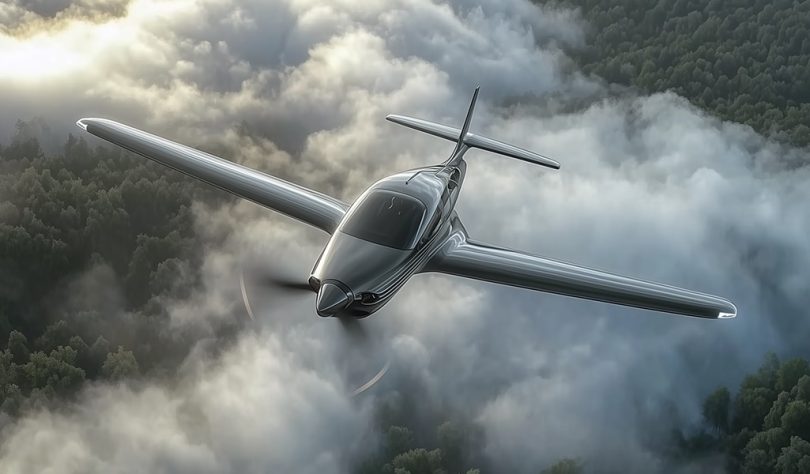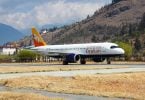The ongoing pressure to adopt more sustainable solutions in aviation has prompted several companies and flight schools to investigate electric-powered aircraft as a viable alternative. Some industry experts assert that a fully electric future is imminent; for instance, the Slovenian Pipistrel Velis Electro has already been integrated into initial pilot training programs in Portugal, while regulatory authorities such as EASA are facilitating broader acceptance. However, as we strive for a cleaner and quieter future in commercial aviation, a significant question arises: how will pilot training adapt to the requirements of this new paradigm?
Significant transformations will be necessary.
The extensive integration of electric aircraft into commercial aviation has the potential to lower operational costs and diminish environmental impact, which is essential in light of the industry’s commitment to sustainability. Nevertheless, this transition will necessitate considerable modifications in infrastructure, regulations, and pilot training, as noted by Kenneth Mark Sorensen, Head of Training at BAA Training, a prominent provider of aviation training solutions.
“Pilot training must evolve to accommodate the distinctive characteristics associated with electric aircraft, including different flight controls, battery management, and new emergency protocols. While the fundamental principles of aviation will remain unchanged, new training modules will be essential to address these elements. We can anticipate a combination of updates to the existing curriculum alongside specialized programs to ensure that pilots are adequately equipped to tackle the unique challenges posed by electric aircraft.”
Sorensen perceives the changes as incremental, beginning with specialized markets, which will initially focus on niche training. This approach would facilitate a gradual incorporation into training programs, and as electric-powered aircraft gain prevalence, the evolution of training methodologies will accelerate. Sorensen emphasizes that the timeline will be influenced by factors such as regulatory approvals and the rate of aircraft adoption.
Transformations in training are projected to occur within the next 10 to 20 years.
According to the Head of Training at BAA Training, pilot training academies must invest in new simulation technologies and potentially adapt existing simulators to integrate electric aircraft systems. Furthermore, training facilities may need to enhance their technical infrastructure to support these innovations, which poses additional challenges for pilot training.
Sorensen states, “One of the most significant obstacles is ensuring that pilots are adept in the operational procedures of electric aircraft, which includes managing electric propulsion systems and addressing new types of failures or emergencies.” He asserts that comprehensive training programs and simulations will be crucial components of the training process. Nevertheless, he acknowledges that numerous uncertainties remain, with many predictions based on the nascent stages of potential electric-powered commercial aviation.
The reality is that the widespread integration of electric-powered jetliners may require an additional 10 to 20 years, as numerous factors must be resolved—technical, regulatory, and infrastructural—before we can see modifications in pilot training curricula or the introduction of new pilot license categories. This reflects a significant aspect of the aviation sector, which is known for being one of the most stringently regulated industries globally.
The journey ahead remains extensive.
While electric aircraft are gradually establishing their presence, the pilot training sector remains hesitant to adopt significant changes. The transition to new pilot training programs is expected to be slow and will likely take considerable time. In the absence of substantial real-world evidence and successful instances of electric-powered commercial flights, many critical questions remain unanswered and need to be addressed.























